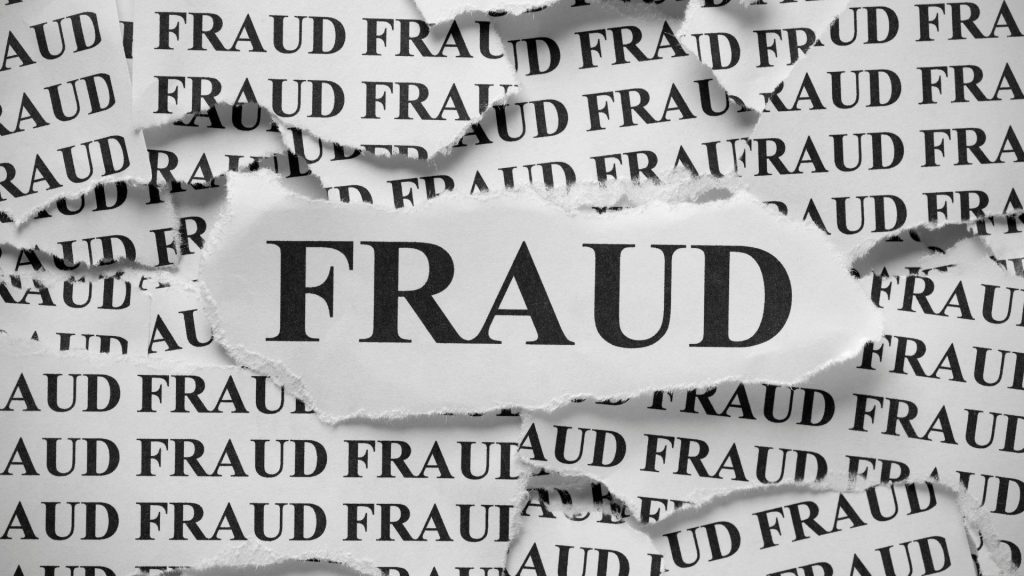The behavioral fraud indicators provide a cutting-edge approach to discerning genuine user activity from malicious intent in the digital landscape.
Several behavioral fraud indicators are red flags or warning signs for the institutions to identify existing, hidden and potential frauds.
Red flags may indicate that there may be a problem within the institution which should not be taken alone as evidence that fraud is occurring.
Institutions may need to obtain legitimate explanations for the occurrence of such red flags or indicators.
Behavioral fraud indicators are inherently and usually interrelated, however, for reference purposes, red flags need to be grouped for identification and assessment purposes.
The Behavioral Fraud Indicators
The red flags are as follows:
Financial
Some red flags are related to financial systems or activities such as the following intentions and practices:
doing only cash-only transactions.
poorly reconciled cash expenses.
poorly reconciled customer transactions and accounts.
rising business and operational costs with no justifiable or prudent explanation.
excessive refunds from customers.
large stock levels and maintenance of large inventories.
unusual transactions with no apparent business purpose.
excessive remuneration paid to certain employees without an apparent justification or necessity.
employees who are known to be under external financial stress.
employees who make a greater than normal number of cash or financial transactions mistakes.
employees with unexplained sources of income or wealth.
employees with competing or undeclared external business practices or interests.
employees who submit inconsistent and/or unreasonable expense claims.
employees at the highest level of performance where there may be a concern that they are achieving this through suspect activity.
Procedural
Employees making use of procedural or computer systems to perform critical official duties need to be supervised and monitored. Further, new employees hired who possess wide industry knowledge need to be supervised more and measures to be taken to ensure that they behave ethically and professionally.
Below are some of the key factors that need to be deeply considered by management to monitor the behavior of employees and detect potential fraud.
prospective employees who are reluctant to provide full background information or who provide inaccurate or inconsistent information.
key managers with too much hands-on control.
insufficient oversight/audit applied.
an unusual number of customer complaints.
customers or suppliers insist on dealing with just one individual.
managers who avoid using the purchasing department.
tendering to one supplier only or the same suppliers.
lack of regulatory compliance and business ethics.
poor engagement with corporate governance philosophy.
too much delegation by senior managers without proper review procedures.
employees who ask to defer internal audits or inspections to ‘properly prepare’.
employees with new and unusual relationships with other individuals or departments within the institution.
employees who request significant detail about proposed internal audit scopes or inspections.
excessively high or low staff turnover and/or new employees resigning quickly.
Final Thoughts
Behavioral fraud indicators serve as vital early warning systems for institutions to detect and prevent potential and ongoing fraud. These red flags, ranging from financial inconsistencies to procedural abnormalities, are cues that something might be amiss. While not conclusive evidence of fraudulent activities, they necessitate further investigation to ensure the integrity of the institution’s operations. It’s essential for management to remain vigilant, continuously updating their understanding and monitoring systems, ensuring that these indicators don’t translate into actual threats. Instituting strong internal controls, regular audits, and fostering a culture of ethical responsibility can mitigate the risks associated with these warning signs.


